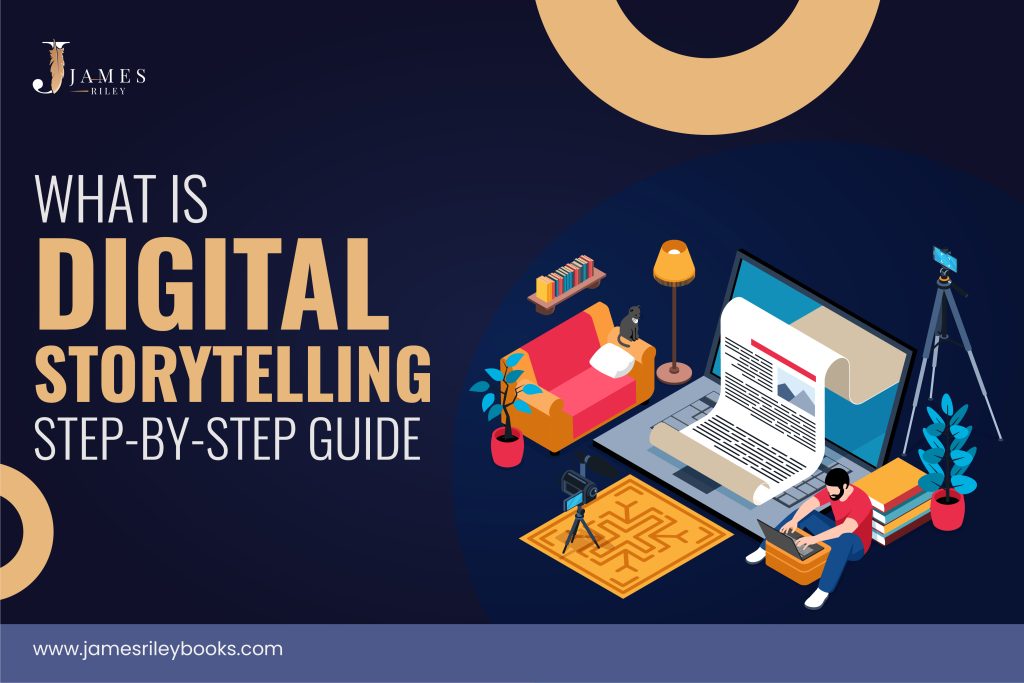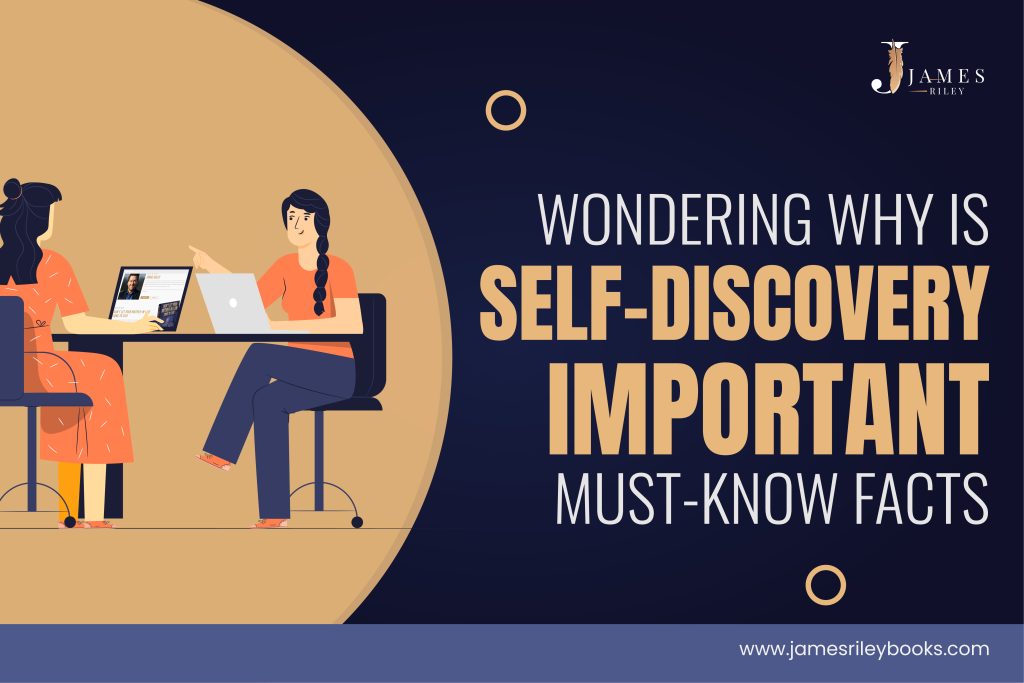Introduction
Digital storytelling uses still or moving images, text, music, and a recorded narrative to create a tale. The stories can be written for any age group, but mostly it is done for young children.
But what is digital storytelling exactly? How do you write a digital story? This blog will explain the idea of digital storytelling and give you a step-by-step guide to making your own digital stories and also importance of self discovery
Understanding the Basic Importance
Before swooping directly into the specifics of the digital marketing guide, let’s first understand what is digital storytelling?
Digital storytelling is fundamentally a creative tool that enables each individual to convey their unique stories using digital platforms. You don’t need to have a professional level of filmmaking skills. These tales are approximately two minutes long and are frequently told in brief movies that combine still images and voiceovers. These enthralling tales may be shared online or broadcast on television to gain online insights.
Digital storytelling, however, serves a variety of functions and extends beyond simple enjoyment. It provides a venue for artistic expression, attends to neighborhood health issues, upholds neighborhood identity, and records all over history. Along with the narrative component, it also includes crucial (ICT) skills that promote self-esteem and confidence via both group and individual activities.

via blogs.bath.ac.uk
Here’s a 9-step guide to creating your own digital story.
9 Steps to Creative a Winning Digital Story
#1 Start By Brainstorming Ideas
Inspiring stories always begin with a sparking idea, and digital narratives are no different than that. An enticing story begins with a powerful concept and ideology; it doesn’t matter if you want to create a fictional or non-fiction narrative. To make the idea crystal clear to move forward with, think about using brainstorming, outlining, a mental map, or other pre-writing strategies. These first steps set the stage for your narrative attempt.
#2 Research the Information
As of now, if you would select a fiction or factual genre for your digital tale, a thorough study, elemental discovery, and qualitative learning are essential. These steps provide the required information to create an interesting digital story. Additionally, conducting research teaches you how to recognize information bias and the subtleties of fact-checking. It is often considered the least essential step but as important as the other steps.
#3 Write Your First Draft
One of the hardest parts of storytelling is getting past the blank page. To overcome this obstacle, we strongly advise using the two pre-writing strategies outlined previously. A well-written outline may simply be converted into an introduction with a few minor changes. Similarly, putting together the body of the script should seem like putting together a jigsaw puzzle if you’ve done comprehensive research on your chosen topic. You just need to arrange the elements of your tale that are already there. If you follow the above steps adequately, this step will eventually become a piece of cake for you.
#4 Construct The Plan
The visual component of your digital tale is just as important as the narrative, which serves as its core. We now enter the territory of visual media literacy. Storyboarding serves as a roadmap or template for decisions about images, sounds, and videos. Advanced versions may feature background music and transitions, while simpler versions often only comprise photographs, clips, and text.
#5 Collect the IAV (Images, Audio and Videos)
The magic actually happens here, giving your words the power to attract with images and sounds. Use your storyboard to guide gathering or creating images, music, and videos. Every decision you make during this phase should influence the tone and effect of your digital tale. Keep Copyright, Fair Use, and Creative Commons in mind as you dig into ideas like visual hierarchy, tone, and artwork.
#6 Commit Your Story To Record
Record your narration, making sure it corresponds with scene changes. Visual transitions can be more easily changed using editing software than audio transitions can be by changing the narration that has been recorded. It could take some trial and error to get perfection. If several people are involved, you could also record the tale separately and piece it together to give it an exciting twist.
#7 Polish The Final Draft
This step requires draining efforts sometimes. You need to add more components to your digital story’s beginning or end. It can be introductory and finishing text, titles, credits, or music. You can also add subtitles in your digital story for those who lack listening ability. This way, your story becomes more accessible to your target audience. Other than that, you can also show creativity by adding slide transitions using PowerPoint. Though, it is a time taking process but innovative and worth it.
#8 Add the Closing Details
The closing details of your digital story must be put carefully together with the selected parts. Your storyboard will be put to the test at this point. It shows the required revisions that might be necessary. Be ready to go back and make changes to your storyboard as you combine the different pieces to form a coherent storyline.
#9 Share Your Story With The World
It’s time to tell the world about your digital tale now that you understand what it is. Online sharing has an enormous perspective in today’s linked world; you should take full advantage of it.
Read more about how to become a storyteller
Conclusion
Digital storytelling is rising as a revolutionary force in a civilization where literal stories have been shared as a legacy. It is even far before books and papers were invented, or we can say the ancient times. Digital stories provide a simple yet creative way to communicate ideas using images, text, music, and narratives. Digital storytelling walks away from the generational gaps and motivates the storytellers from all the essential steps of life to create memorable and rich experiences.
Precisely, what is digital storytelling? If you want to master digital storytelling, you need to understand the basics of it. You may confidently start your digital storytelling journey by following the 9 key stages that are listed in this blog. To conclude your digital narrative to the world, show your initiative point of view first.
James Riley’s biography, “Don’t Let Your Mother-in-law Come to Stay and If You Do, Don’t Let Social Services Get Involved,” subtitled the Storyteller Book, is a narrative about the life challenges he had. By reading this book, you will learn about the importance of having faith in truth and justice. James’ life was changed by unfortunate and unjust circumstances that painted him as a criminal and horrible person. However, he stuck to his truth and eventually won the battle for justice. This book will motivate you to stick to your truth, even if the whole world is against you. It is an emotional, gripping tale that emphasizes the significance of family and willpower. Get your copy now from Amazon.



